As most of you know, I have not yet landed on the new airstrip at the Hacienda. That said, I did do several touch and go’s some time back – nothing recently.
It’s a combination of things. Firstly, getting the airstrip built takes time! Secondly, I haven’t been sure how well my RV-4 would perform there. The issue is not so much the airplane itself but the propeller. The current Catto prop is a bit of a cruise prop – at least up at the altitudes from which I operate. Takeoff RPM of 2350 is pretty typical. This is not too bad for normal operations but for relatively high altitude and short airstrips with obstacles, it is sacrificing a lot of needed power.
This week, all of the necessary pieces fell into place and I decided it was time to try the airstrip.
I departed Truth or Consequences fairly early, just as the sun was peaking over the eastern horizon. The Hacienda is about 100 nautical miles (115 statute miles) so requires a flight of about 45 minutes.
I Iove the terrain in this part of New Mexico so I’m always looking to take some photos. As always, I have to shoot thru the canopy and that is never ideal. Nonetheless, I occasionally capture one or two that I like.
I was happy to find my property still located where it is supposed to be and, even better, the airstrip was still there too!
The goal for the day was to do some testing to determine if the RV-4 would be able to take off without scaring myself. I know, it takes off every flight, why would this airstrip make things any different?
Well… several factors. The Hacienda is located on the Continental Divide at 7,400′ MSL. That is fairly high! Not high like Leadville, CO but still high. Air density drops with altitude and airplanes lose performance. The engine doesn’t make as much power and more air molecules are required by the wing to produce the necessary lift. Another factor is temperature. The warmer the air, the less dense it becomes. In the aviation world, we refer to this factor as “density altitude.” In general, it is the actual elevation adjusted for non-standard temperature and pressure.
With all the gobbledygook in mind, the Hacienda presents a density altitude of about 10,000′ when the temperature is 70 degrees. The performance of the airplane is WAY down. Couple that with the airstrip being short (2,600′ – tree to tree) and having tall trees at the end means an attempted take off with the wrong conditions could result in a very bad day – for both me and the trees. I mentioned Leadville – they have a 6,400′ and there are no obstructions. Big difference!
To back up a bit…. With the help of my flying friends, I have been doing some testing to see just how much distance the RV-4 and I require to get over a 50′ tree. There are rules of thumb to help determine takeoff distance in back-country type situations but none of them address obstacle clearance. So, what to do?
As you may recall from this post ( http://jdfinley.com/negrito-building-fence/), we did some real world, high-density altitude takeoff testing at a backcountry strip last summer. The density altitude was over 10,000′. So, we had some facts with which to work.
We spent a lot of time talking, thinking, and running the numbers. Eventually, we arrived at means to safely test all of this theory. This led to recording a variety of performance numbers as well as practicing a couple different techniques for takeoff. The major problem we found is that it is very difficult to determine the 50′ altitude and distance to that point by oneself. Even using video equipment!! This was eventually solved by using a drone. It displays height above ground and takes excellent video from which it is easy to determine if the aircraft was above or below the 50′ mark. Another complexity is speed for the initial bit of climb. The textbooks tell you Vx. I can tell you that textbooks are not always correct.
It turns out that, at a density altitude of 6,300′, a little 160 hp RV-4 can takeoff and be immediately pulled into a 50 kt IAS climb! With this technique, the 50′ obstacle can be cleared in 1,500′. This technique clearly yields the best obstacle clearance in a very short field situation. However; it is not for the faint of heart or inexperienced. It is aggressive! Don’t do it!!
All of this took time and, eventually, winter arrived. You know what comes with winter?!? Yup…
Cold Temperatures!
In fact, 20 F degrees at the Hacienda. Normally, I’m not a fan of the cold. However; I needed cold temperature to bring the density altitude down at the Hacienda so I could see if all of my research, testing, and practice was correct. 20 degrees resulted in a nice density altitude of 6,300′. The same density altitude that existed during my testing.
So, there I was circling over the Hacienda on a cold morning. My goal was to land and takeoff, without injury. I started with a few low approaches to confirm the airstrip was in good shape. It was except for a serious of gopher hill/mounds at the north end. Next I made several touch and go’s (land, roll for a little ways, and then takeoff without coming to a stop) to make sure the airstrip was ok and the airplane had enough power. After eleven of these, I was convinced – today was the day.
The first landing to a full stop went just swell and I taxied to the north end and shut down so I could do a bit of airstrip maintenance. Yeah, someone had to smooth out those gopher mounds. I wanted the ENTIRE airstrip for my first takeoff!
That first takeoff felt great! The RV-4 performed very well and the distance required to gain the necessary altitude was as calculated. It felt so good, I decided to do it again.
The second landing was much better as I was able to use the whole runway now that I had cleared the gopher mounds. In fact, the second takeoff was better too.
Regrettably, I had my video camera pointing towards the sun. Silly, silly, silly… I realized what was going on at one point but didn’t think to change the mount while I was on the ground. In fact, I didn’t even think to get out and take a few photos of the airplane sitting on the airstrip!!
Some photographer I am!!
I am sharing the video here but please forgive me for the very poor quality. Please think of it as proof that an event occurred as opposed to an attempt at a cinematic masterpiece! 🙂
No doubt that a climb prop is needed when the temperature and density altitude climbs again. But, for now, this is working! I may just get motivated to get those two eggs cracked open!
For those looking for more details, the rules of thumb mentioned above are:
To the standard, sea-level takeoff distance, add 12 percent for each 1,000 feet of density altitude up to 8,000 feet. Add an additional 20 percent for each additional 1,000-feet density altitude above 8,000 feet.
Add add 7% to the takeoff distance for a firm dirt airstrip.
More of these can be found here – on the MountainFlying.com website.

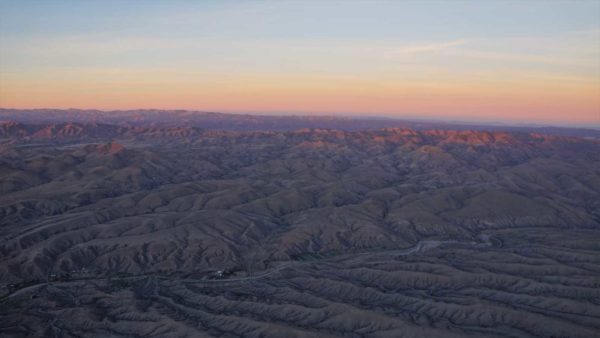
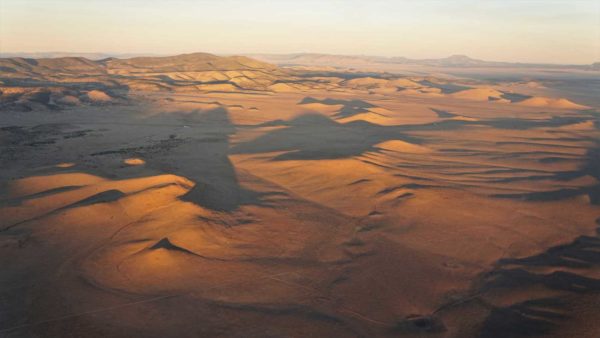
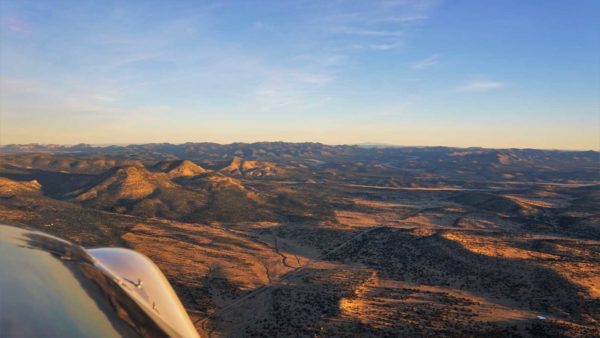
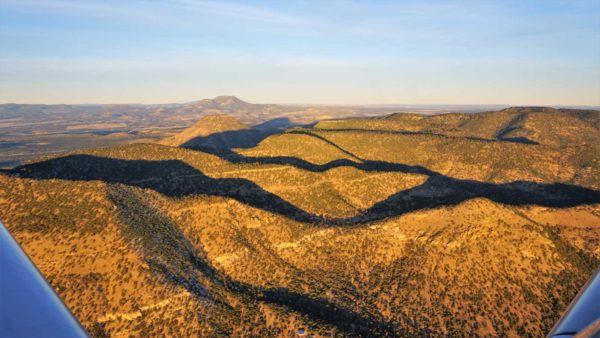
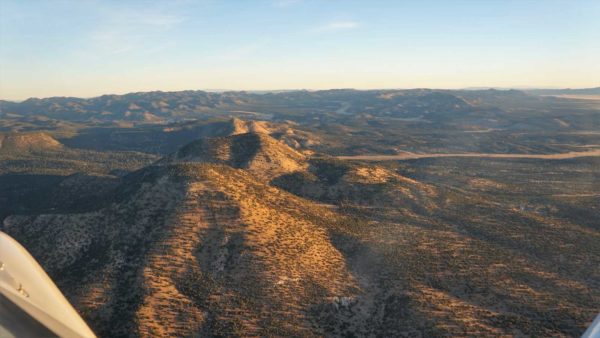

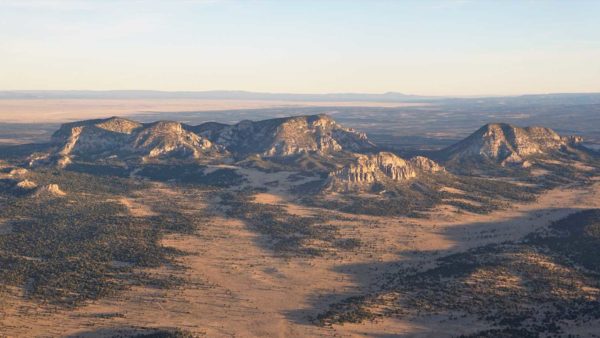
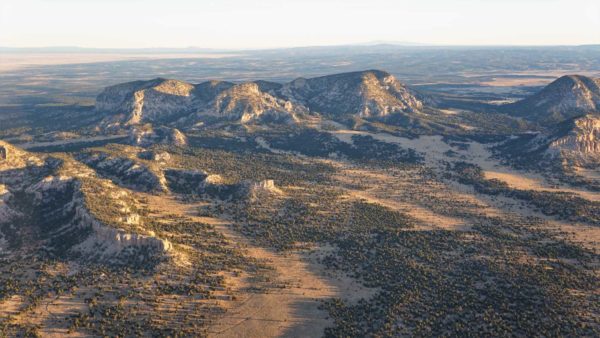
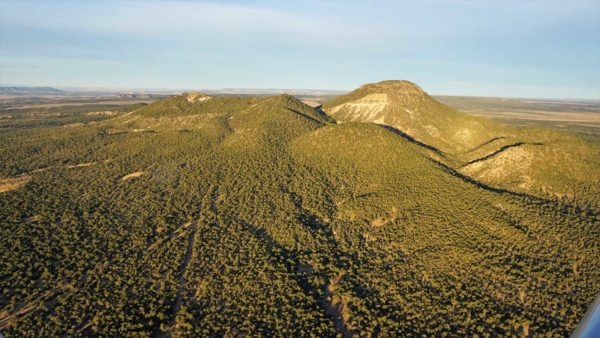
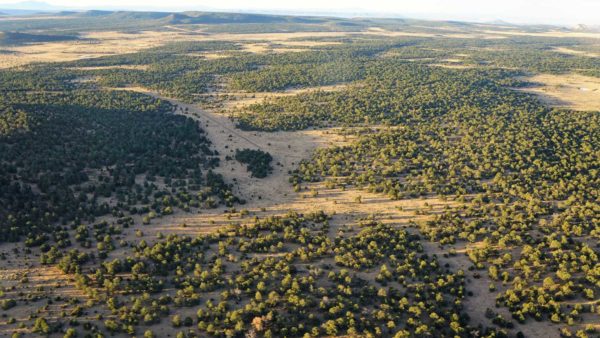
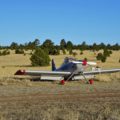


Wow! Those added percentages start to add up! I’d stick with the cold weather landings and take offs till you get that other prop! It looks like you were having fun though!
Yes – they sure do!! This usually kills a few people each summer. Typically folks used to flying at sea level that come out to the mountains in the heat of summer.
I ran a 42X84 on my O-360 powered PA-28. Slow but the 100 foot ground roll and 2000 fpm climb was impressive. The 850×6 tires and VGs and Madras wing tips got me into and out of places a lot of cub drivers would avoid.
Good research and testing you are doing to learn your RV and air strip. I think I mentioned envy before, I still have it.
Thanks Tom – always good to hear that sort of thing! 42″ is a mighty small prop!! 🙂 I keep hearing VERY good things about the Sensenich GA prop (the one for RV’s) and am pretty sure I’m going to get one as soon as the penny jar is full. The ability to change pitch is exactly what I need. I may be optimistic but I’d like to think that with the Sensenich adjustment pin functionality, this change between cruise and mountain flying setting can be done at a fuel stop in 30 mins in so. That’s not nearly as convenient as a constant speed prop but is something. I guess it boils down to me wanting everything! 🙂